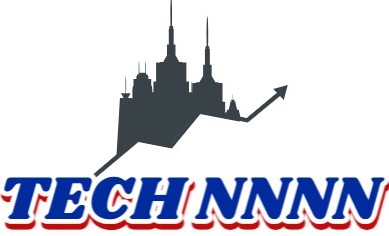Framework for Organizational Change 3509540896

The Framework for Organizational Change 3509540896 offers a structured approach to navigating transformations within organizations. It highlights the necessity of understanding change drivers and the significance of aligning culture with initiatives. Furthermore, it underscores the pivotal role of leadership in facilitating effective communication. However, the true challenge lies in engaging employees throughout this complex process, raising questions about strategies that can sustain momentum and foster lasting change. What methods can be employed to ensure ongoing commitment?
Understanding the Importance of Change Management
Change management serves as a critical framework that organizations must embrace to navigate the complexities of transformation effectively.
Addressing change resistance is essential, as it can hinder progress and innovation. By implementing adaptive strategies, organizations foster a culture of collaboration and empowerment, enabling individuals to embrace change rather than resist it.
This approach ultimately aligns organizational goals with the aspirations of a liberated workforce.
Key Components of the Framework
A robust framework for organizational change encompasses several key components that facilitate successful transformation.
Central to this framework are the identification of change drivers and the development of effective implementation strategies.
By strategically analyzing these elements, organizations can foster collaboration and adaptability, enabling stakeholders to embrace change while maintaining their autonomy.
Ultimately, this approach empowers organizations to navigate transitions with resilience and purpose.
Aligning Organizational Culture With Change Initiatives
While organizational culture often shapes the response to new initiatives, aligning it with change efforts is crucial for success.
Effective cultural alignment fosters change readiness, enabling teams to embrace transformation rather than resist it.
The Role of Leadership in Driving Change
Leadership plays a pivotal role in steering organizational change, as effective leaders not only articulate a vision but also inspire and mobilize their teams toward achieving it. By employing diverse leadership styles and prioritizing clear change communication, they foster an environment conducive to adaptability and growth.
| Leadership Style | Impact on Change |
|---|---|
| Transformational | Inspires innovation |
| Transactional | Ensures compliance |
| Servant | Empowers teams |
| Democratic | Encourages collaboration |
| Laissez-faire | Fosters independence |
Engaging Employees Throughout the Change Process
How can organizations effectively engage employees during the change process to ensure successful implementation?
By fostering employee involvement through transparent change communication, organizations can cultivate a collaborative environment. This strategic approach not only empowers employees but also enhances their commitment to the change initiative.
Involving employees in discussions and decision-making fosters a sense of ownership, ultimately driving the success of organizational transformations.
Measuring Success and Sustaining Change
To ensure the longevity of organizational change, it is crucial to establish clear metrics for measuring success and mechanisms for sustaining that change over time.
Success metrics should be aligned with strategic goals, facilitating a collaborative approach to evaluate progress.
Additionally, fostering a culture of adaptability enhances change sustainability, empowering employees to embrace ongoing transformation and ensuring that improvements are integrated into the organizational fabric.
Conclusion
In conclusion, the Framework for Organizational Change 3509540896 serves as a beacon for organizations navigating the tumultuous seas of transformation. By aligning culture with change initiatives and fostering strong leadership, organizations can not only survive but thrive amid disruption. Engaging employees throughout the process ensures a united front, while measuring success allows for continuous improvement. Ultimately, this framework transforms challenges into opportunities, proving that with the right strategies, change can be as exhilarating as a rollercoaster ride through uncharted territory.



